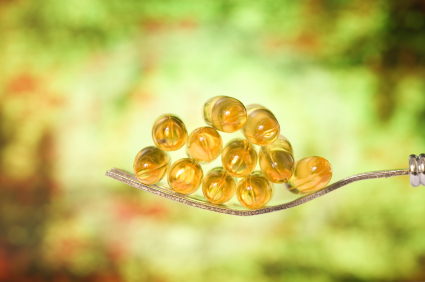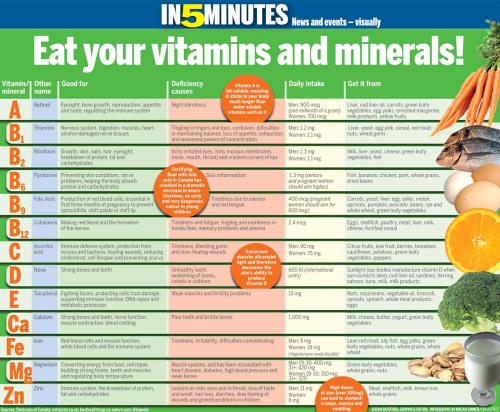We all have days when we get hit with a bad mood. Whether it’s stress over work, anxiety over finances, anger about a disagreement with a partner, or feeling blue about a recent disappointment, it’s normal to look for comfort in an effort to soothe ourselves. The problem is that so many of us reach for our favourite comfort foods like cookies, potato chips and ice cream when we’re feeling down. While such foods may provide a temporary balm to your bad mood, chances are that when the sugar high is over, you will crash and end up feeling even worse. Then there’s the guilt you might feel for eating unhealthy foods and any comfort you might have gained is out the window!
But take heart! There is good news on the horizon! Combined with other healthy lifestyle practices such as relaxation techniques and exercise, there are a variety of healthy foods out there that will help you “eat your way” to a better mood! Because, let’s face it, starving yourself is definitely not going to improve your mood! Here are some suggestions to help you bust out of any bad mood:
When You’re Feeling Angry….
Make yourself a cup of green tea! Not only is the process of making and sipping tea soothing, but green tea contains theanine which is a chemical that calms you and helps to maintain clear concentration. The modest amount of caffeine contained in green tea won’t up your irritability either – so go ahead, have two!
When You’re Anxious….
Eat salmon! Wild salmon is one of the richest sources of omega-3 fatty acids, a nutrient that has been shown in studies to calm anxiety and is also useful in the prevention and treatment of clinical depression. Although there are many plant sources of omega-3, the compounds which are helpful for boosting mood are more abundant and easier for your body to assimilate in fish sources. Coldwater fish such as salmon, herring, sardines, and mackerel are all excellent sources.
If You’re Feeling Sluggish…..
Enjoy a spinach salad! The folic acid in spinach helps your body to lower homocysteine levels which are associated with damage to blood flow and interfering with the flow of blood and nutrients to the brain. This can leave you feeling sluggish or slow to process information. If you really want a boost, add mushrooms, beans, or peas to your salad for even more folic acid.
When you’re feeling sad….
Have a bowl of cereal with milk! While sadness may be caused by external factors in your life, it can also be related to deficiencies of vitamin D, especially during a Canadian winter when we can be deprived of sunshine for much of the year. Vitamin D helps in the production of serotonin a neurotransmitter that can help you to feel calm, relaxed, and happy. Fortified whole grain cereals and milk are one way to increase your vitamin D levels and so are mushrooms. (You may want to ask your doctor about a vitamin D supplement if your sad feelings are persistent).
If you are feeling cranky….
Eat an apple with peanut butter! Crankiness is often a sign that your blood sugar is low and you need to refuel. But reaching for refined carbohydrates like chips or candy bars will simply spike your blood sugar and then send it plummeting, leaving you feeling worse. The key to sustaining stable blood sugar levels is to eat a snack that combines a complex carbohydrate (like an apple) with protein or a healthy fat (like the peanut butter)! Combining these healthy superstars is delicious and will give you a stable boost of energy that lasts for hours!
If you’re stressed…
Eat chocolate! Talk about excellent news! Permission to eat chocolate to alleviate stress! But before you break out the Snickers bars, I’m talking about dark chocolate and you only need a little. According to recent studies, eating just 1.4 ounces of dark chocolate (72% cocoa or greater) has the power to lower the stress hormones cortisol and catecholamines in the body, reducing your anxiety and allowing you to focus on what needs to get done.
And finally, if it’s that time of the month….
Eat an egg salad sandwich! It’s normal to crave carbohydrates during the days leading up to your period, but rather than indulging in refined carbs that will spike your blood sugar and then leave you sluggish after the crash, indulge in whole grain carbs which will help to boost serotonin levels in a sustained way, without the crash. Eggs, turkey and sunflower seeds are rich in tryptophan a precursor to the release of serotonin, so an egg salad sandwich on a good whole wheat bread (maybe with sunflower seeds to boot) is the perfect combination of carbs and tryptophan to pull you through the PMS blues!
So there you go, seven healthy ways to eat yourself out of a bad mood! Happy snacking!
Cathy Lewis is a Registered Holistic Nutritionist in Oakville, Ontario who believes in “Better Health through Better Nutrition.” For more information, or to book an appointment please contact Cathy through her website www.goodforyou.co

































































